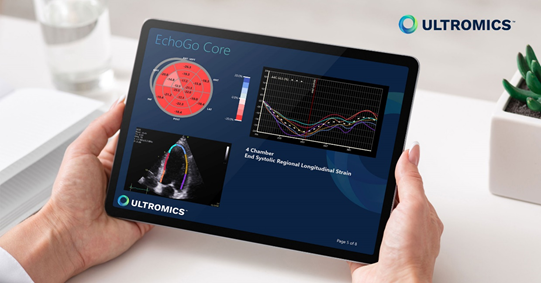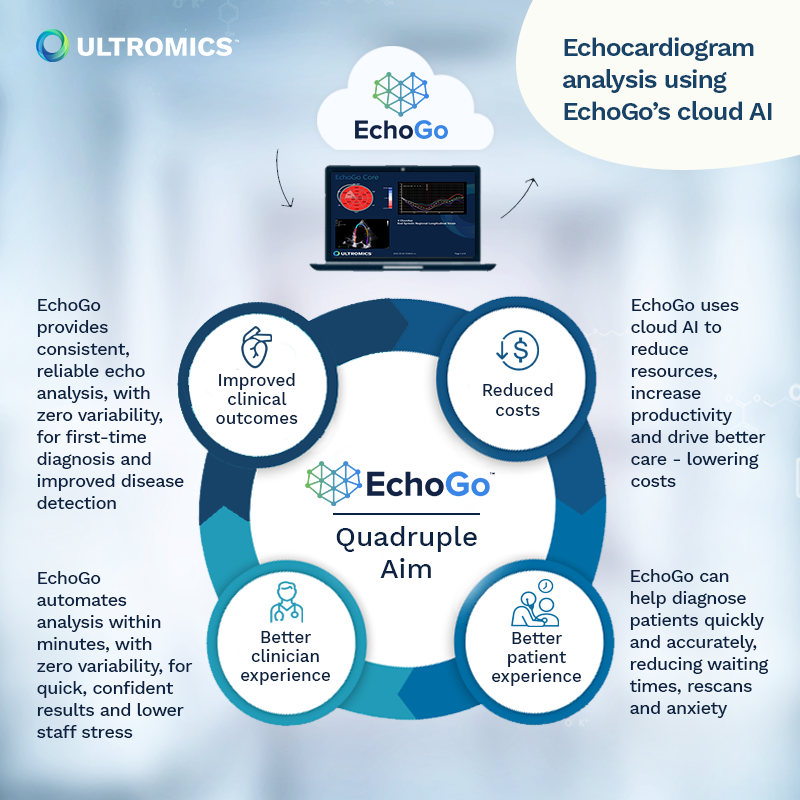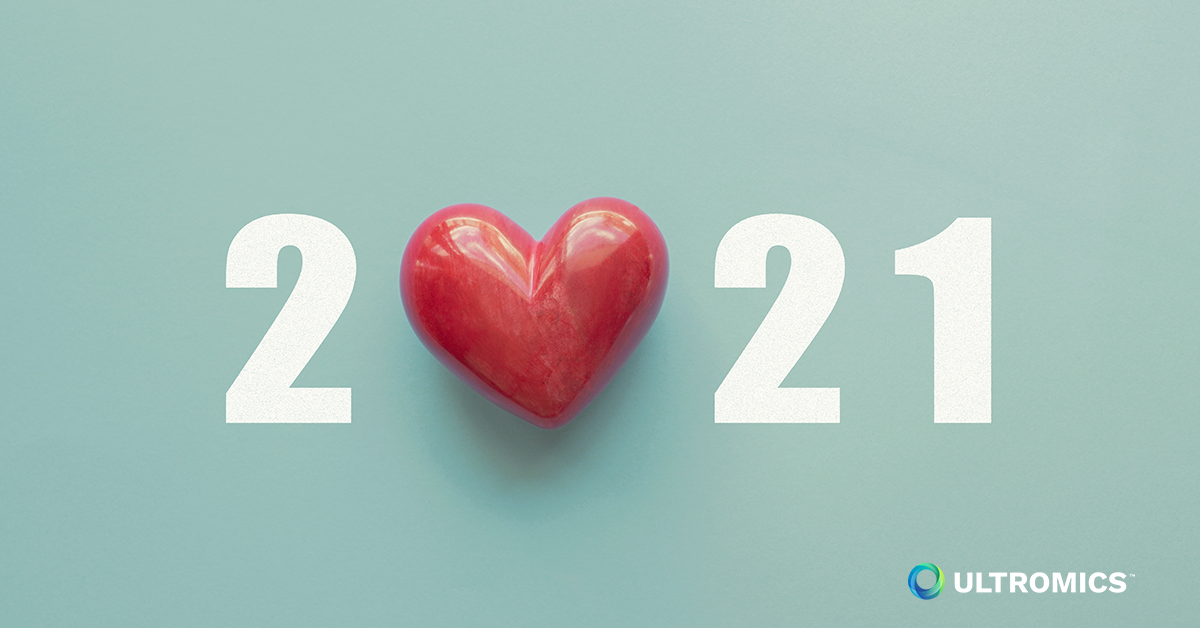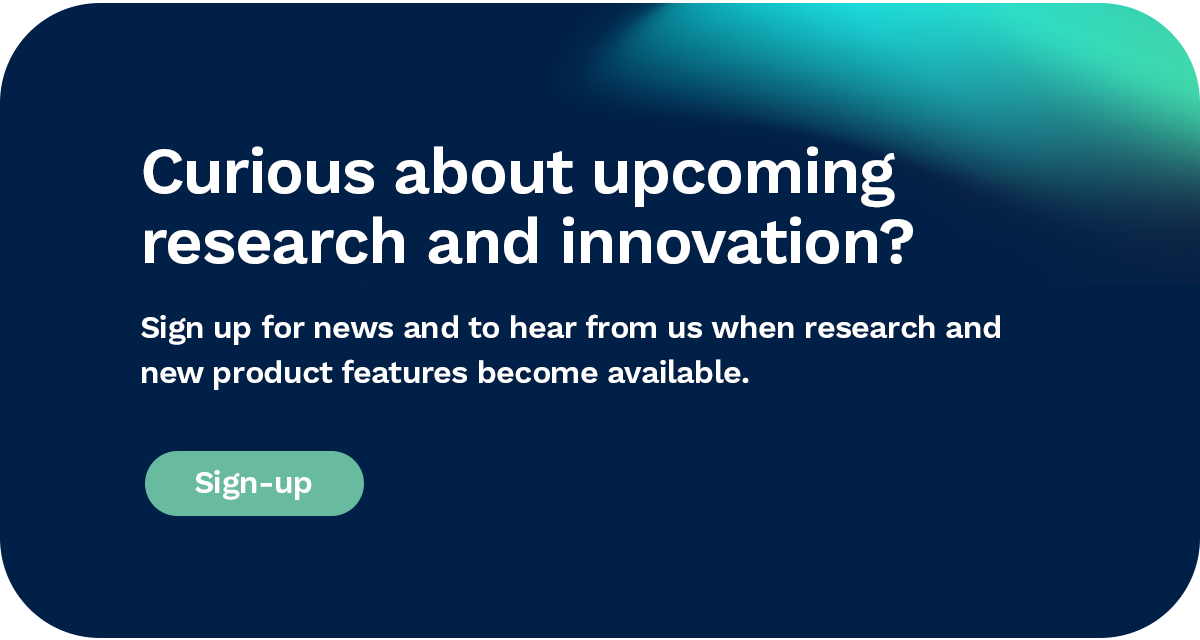COVID-19 placed echocardiography departments under mounting new pressures while shining a floodlight on existing challenges.
Demand for services was already growing to the point of outstripping workforce capacities before 2020, a trend that has been accelerated by the emergence of SARS-CoV-2. And while healthcare teams have been forced to divert their attention to coronavirus, the pandemic of cardiovascular disease (CVD) - the number one cause of morbidity and mortality worldwide - has been festering.
Yet while COVID has presented the echo community with the biggest challenge in its history, it has also provided a golden opportunity to embrace technology and redesign services, we need to realign teams whilst continuing to meet the quadruple aim of high-quality diagnostics everywhere: improving clinical outcomes while enhancing both patient and staff experience and reducing costs.
Artificial intelligence (AI) is key to all four.
Before COVID
It might be hard to think of a world before COVID-19, but echo services were already under mounting pressure. According to an independent review of diagnostics services1 carried out on behalf of NHS England, demand for echo, the most widely used modality used to diagnose CVD, grew by 5.7% per annum in the five years leading up to 2019 and there has been a growing shortfall of cardiologists and skills, where trainee numbers have failed to keep pace with retirement rates. The report, Diagnostics: Recovery and Renewal, said departments were carrying out 1.6 million scans a year, and that 4% of people were waiting more than six weeks to be seen.
Demand for the high-volume service, said the report, was outstripping capacity. It meant there were “considerable issues” in achieving seven-day provisions outside tertiary centres, in no small part due to the need for on-call physiologists, who carry out 90% of echo exams1.
These capacity issues were already set to the backdrop of an epidemic: cardiovascular disease (CVD).
The pressure is on to diagnose CVD and meet The Quadruple Aim, a term coined by Thomas Bodenheimer, MD, in a 2014 Annals of Family Medicine, which sets out the need to improve patient care, clinical outcomes, reduce costs, and look after the wellbeing of clinicians.
Rising backlog
When the COVID-19 pandemic hit, it placed echo on the front-line of the response of another pandemic, exacerbating all the existing problems and putting progress towards the quadruple aim under threat.
A British Society of Echocardiography survey, conducted between May and June 2020, found that the majority of routine lists were cancelled during early stages of the pandemic. What’s more, a total of 22% of the workforce were unavailable due to testing positive for COVID-19, needing to self-isolate, or having an underlying health condition. At the same time, presentations for CVD dropped by up to 50% as people avoided hospitals over infection fears2.
“As ischaemic heart disease continues to be the leading cause of death nationally and globally, cardiology services need to prepare for a significant increase in workload in the recovery phase, and develop new pathways to urgently help those adversely affected by the changes in service provision,” said the authors of one study2.
Building back and driving towards the Quadruple Aim
All in all, 2020 has placed echo departments at the centre of a perfect storm. Already under significant pressure, they must adapt to being an integral part of the COVID pathway in terms of diagnosis, recovery, and rehabilitation monitoring, clear the backlogs created by cancelled routine lists, and continue to increase CVD diagnoses and monitoring on pre-2020 levels. All while meeting the quadruple aim of high-quality diagnostics and better experiences.
Pre-existing challenges, such as high levels of inter- and intra- operator variability, need to be addressed. Echo is a complex modality, and the intrinsic biologic variations and differences in measurement and interpretation between operators are a challenge to reproducibility. Driving down variability would deliver consistent, reliable, safe scans, and improve clinical outcomes.
Teams also need to enhance patient experience. Right first time diagnosis results in fewer re-scans and less anxiety for patients. Crucially, it accelerates the path to optimum treatment and management which drives quality care and reduces the likelihood of expensive complications later on.
The clinician’s welfare is also of paramount importance as we 'build back'. Workforce pressures are thwarting attempts to meet seven-day targets, and this is only set to worsen as demand soars.
And with pre-existing budget constraints likely to tighten as the world moves to pay for the expensive COVID response, echo departments are tasked with achieving all this while reducing costs.
There is no denying that delivering better care with scarce resources is a challenge. But, thanks to AI and cloud software, it is not impossible.

Cloud software can help
Cloud software can be used in echocardiography to automate echocardiogram analysis, to help services not only to survive, but thrive, during the COVID crisis.
With its ability to use AI to quickly analyse large quantities of complex information through the cloud, it could play an essential role in meeting the quadruple aim.
Some hospitals already use software on-site for automating cardiac measurements, but the process is far from automatic. It still requires manual contouring, manual heart-cycle calculations, and manual view selection. Cloud software is different. It can, for example, fully automate EF and Strain measures remotely through the cloud, to provide accuracy that is equal to or better than human experts3, all without the need to use and manage software on-site.
Cloud software can reduce the time it takes to perform an exam. Currently standing at around 45 minutes to one hour, scans will need to get quicker if we are to meet increased demand as well as clear COVID-related backlogs in the coming months.
By automating basic tasks, AI increases throughput while freeing up skilled echocardiographers to focus on the most important parts of their job - providing the accurate, timely diagnosis that improves care, informs optimum management, and boosts clinical outcomes.
Ultimately, it can help expand the number of people able to perform echo and, can return results in minutes - without the need to use and manage software on site. It can accelerate diagnosis and provide teams with better confidence in their results.
AI doesn’t replace skilled professionals: it helps them to focus on what the patients need most. And it does all this while enhancing efficiency, cutting waste, and reducing costs.

Embracing the potential
Cloud and AI combined has the potential to make a significant difference in health and care setting, and we are starting to see great applications of technology, but more needs to be done to fully harness its benefits so teams can use it safely and ethically at scale. The NHS AI Lab programme, led by the UK’s NHSX, is hoping to change that. The body, which promotes the digital transformation of health and social care, has funded a number of AI initiatives that aim to benefit patients, address the detection of disease, and boost research into multiple long-term conditions.
NHSX has selected Ultromics cloud software to be deployed across the NHS from 2021 to support echocardiography teams. Ultromics is the only solution that can automate cardiac measurements via the cloud, and can integrate seamlessly into any existing infrastructure to improve workflow, efficiency, and quality.
We are pleased to welcome AI company, Ultromics, on board our AI in Health and Care Award. This AI technology promises to benefit patients and cardiology departments across the UK within the NHS. There is a growing problem of resource in the NHS, exacerbated by COVID-19, and AI services like EchoGo can help automate the time-consuming, manual analysis required by doctors when diagnosing heart disease - identifying disease faster, reducing patient backlog and helping to save lives.” - Dr Indra Joshi, Director of AI, NHSX
"The AI Award is making £140 million available over three years to accelerate the testing and evaluation of technologies most likely to meet the aims set out in the NHS Long Term Plan.” - Daniel Bamford, Deputy Director of the AI Award, AAC
Stronger with AI
COVID has compounded the pre-existing challenges of echo. It has increased wait lists, stretched staff to their limits, and presented the modality with a whole new area of medicine to operate within.
The last year has threatened the community’s ability to meet the quadruple aims of cardiac diagnostics, but it has also presented an opportunity.
As we move out of the crisis, we have the chance to build back in a way that improves clinical outcomes, enhances both patient and staff experience, and reduces costs.
Cloud software stands ready to deliver on all four of these aims. By driving greater accuracy and efficiency and by relieving pressure on the workforce, EchoGo will play an integral role in helping departments do more with less.
References:
- National Health Service. DIAGNOSTICS: RECOVERY AND RENEWAL Report of the Independent Review of Diagnostic Services for NHS England. 2020.
- Fersia O, Bryant S, Nicholson R, McMeeken K, Brown C, Donaldson B, et al. The impact of the COVID-19 pandemic on cardiology services. Open Heart. 2020;7(2):e001359.
- Popoff A, Langet H, Piro P, Ropert C, Allain P, Gauriau R, et al. 154 Can we improve the accuracy and reproducibility of left ventricular ejection fraction from 2D echocardiography using artificial intelligence? A validation against cardiac magnetic resonance. European Heart Journal - Cardiovascular Imaging. 2020;21(Supplement_1).

